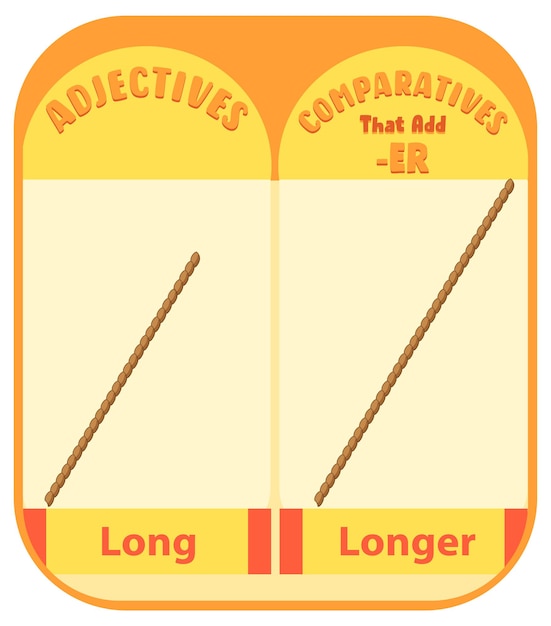Disability Insurance: Short-Term vs. Long-Term Coverage Explained

Understanding Your Disability Insurance: Short-Term vs. Long-Term Coverage involves knowing the differences in benefit duration, waiting periods and coverage specifics to protect your income if you can’t work due to illness or injury.
Navigating employee benefits can be confusing, especially when it comes to insurance. Let’s unravel the complexities surrounding disability insurance, focusing on Understanding Your Disability Insurance: Short-Term vs. Long-Term Coverage and how each can protect your income when you need it most.
Understanding Disability Insurance: What Is It?
Disability insurance is designed to provide income replacement if you become unable to work due to an illness or injury. Without it, you could face significant financial hardship if you’re sidelined from your job.
But how do you know which type of disability insurance is right for you?
Why Disability Insurance Matters
Imagine facing a situation where you can’t work for an extended period. Disability insurance steps in to provide a safety net, helping you meet your financial obligations.
- Income Replacement: A percentage of your pre-disability income, ensuring you can cover essential expenses.
- Financial Security: Prevents you from depleting savings or accumulating debt.
- Peace of Mind: Knowing you have a plan in place reduces stress during a difficult time.
Choosing the right disability insurance involves understanding the nuances of short-term and long-term coverage, ensuring you’re adequately protected.
Short-Term Disability Insurance: The Immediate Safety Net
Short-term disability insurance (STD) provides benefits for a limited time, typically covering the initial weeks or months after a disabling event. It’s designed to bridge the gap until you can return to work or transition to long-term disability benefits.
Let’s explore the key aspects of short-term disability insurance.

What Does Short-Term Disability Cover?
STD typically covers illnesses, injuries, or conditions that prevent you from working for a short period. Common examples include recovery from surgery, pregnancy, or a brief illness.
Benefit Duration and Waiting Periods
STD policies usually have a waiting period of a few days to a couple of weeks before benefits begin. The benefit duration is typically shorter, ranging from a few weeks to several months.
- Waiting Period: The time you must wait before benefits start.
- Benefit Duration: The maximum length of time you can receive benefits.
- Benefit Amount: Usually a percentage of your regular salary, often around 60-70%.
Reviewing your employer’s STD policy or a private plan will clarify specific terms and conditions, ensuring there are no surprises when you need the coverage.
Long-Term Disability Insurance: Extended Protection
Long-term disability insurance (LTD) is designed to provide income replacement for extended periods, often years, or even until retirement age. It kicks in after short-term disability benefits expire.
Understanding the specifics of LTD coverage is essential for long-term financial planning.
Eligibility and Benefit Triggers
LTD policies often have stricter eligibility requirements and may require you to be unable to perform the duties of any job, not just your current role. This definition of disability can change over time within the policy.
- “Own Occupation” vs. “Any Occupation”: Understand which definition applies and how it affects your eligibility.
- Pre-existing Conditions: Be aware of any exclusions related to pre-existing health issues.
- Benefit Calculation: LTD benefits are typically a percentage of your pre-disability income, similar to STD.
When choosing an LTD policy, carefully review these elements to ensure it aligns with your needs.
Comparing Short-Term and Long-Term Disability: Key Differences
The most notable differences between short-term and long-term disability insurance are benefit duration, coverage scope, and eligibility requirements. Understanding these differences can help you determine which type of coverage best suits your circumstances.
Let’s delve into a direct comparison.
Benefit Duration and Waiting Periods
STD provides benefits for shorter periods with shorter waiting periods, while LTD has longer durations with potentially longer waiting periods.

Coverage Scope and Eligibility
STD often has broader coverage for a wider range of conditions, while LTD may have stricter requirements and definitions of disability.
- STD: Easier to qualify, covers many common conditions.
- LTD: More stringent requirements, focuses on long-term or permanent disabilities.
Think about your personal situation and health history to assess which policy’s coverage aligns with your potential needs.
Factors to Consider When Choosing a Plan
Selecting the right disability insurance plan involves considering several factors, including your income, potential risks, and the specific terms of the policy.
Making an informed decision requires careful evaluation.
Assessing Your Income and Needs
Determine your essential expenses and the income you’d need to maintain your standard of living if you couldn’t work. This will help you choose a policy with adequate benefit amounts.
Evaluating Policy Terms and Conditions
Read the fine print to understand waiting periods, benefit durations, exclusions, and definitions of disability. Pay attention to any limitations or restrictions that could affect your coverage.
Consider these important questions when reviewing policy terms:
- What is the waiting period before benefits begin?
- How long will the benefits last?
- What definition of disability is used?
Seek professional advice if needed to ensure you’re making the right choice.
Maximizing Your Disability Insurance Benefits
To make the most of your disability insurance coverage, understand the claims process, document your medical condition thoroughly, and coordinate benefits with other sources of income.
Proper planning can ensure a smoother experience and optimized benefits.
Understanding the Claims Process
Familiarize yourself with the steps involved in filing a claim, including required documentation, deadlines, and appeal procedures. Be prepared to provide detailed information about your medical condition and work history.
Coordinating Benefits and Seeking Assistance
If you’re receiving benefits from multiple sources, such as Social Security Disability Insurance (SSDI) or workers’ compensation, understand how these benefits may affect your disability insurance payments. Seek assistance from a qualified professional to navigate complex situations.
| Key Point | Brief Description |
|---|---|
| ⏱️ Short-Term Disability | Provides benefits for a few weeks to months, covering immediate post-disability needs. |
| 📅 Long-Term Disability | Offers benefits for years or until retirement, for long-lasting conditions preventing work. |
| 🔎 Policy Conditions | Carefully read terms, waiting periods, and definitions of disability before choosing a plan. |
| 💼 Income Assessment | Assess your income needs to ensure your policy provides adequate replacement benefits. |
Frequently Asked Questions
▼
“Own occupation” pays if you can’t do your specific job, while “any occupation” only pays if you can’t do any job. “Own occupation” is more generous but might change to “any occupation” after a set period.
▼
Pre-existing conditions may be excluded from coverage for a specified period, often 12-24 months. Review your policy to understand any exclusions related to pre-existing health issues before you enroll.
▼
Yes, having both is common and provides comprehensive coverage. STD covers the initial period after a disability, while LTD kicks in after STD benefits expire, offering long-term income protection if needed.
▼
If you pay the premiums with after-tax dollars, the benefits are typically tax-free. If your employer pays the premiums, the benefits may be taxable. Consult a tax professional for accurate advice.
▼
Promptly notify your insurance company, obtain the necessary claim forms, provide detailed medical documentation, and adhere to all deadlines. Consider seeking assistance from a disability insurance expert.
Conclusion
Understanding Your Disability Insurance: Short-Term vs. Long-Term Coverage is crucial for financial security. Evaluating your needs, reviewing policy terms, and planning diligently can provide peace of mind and protect your income during challenging times.





